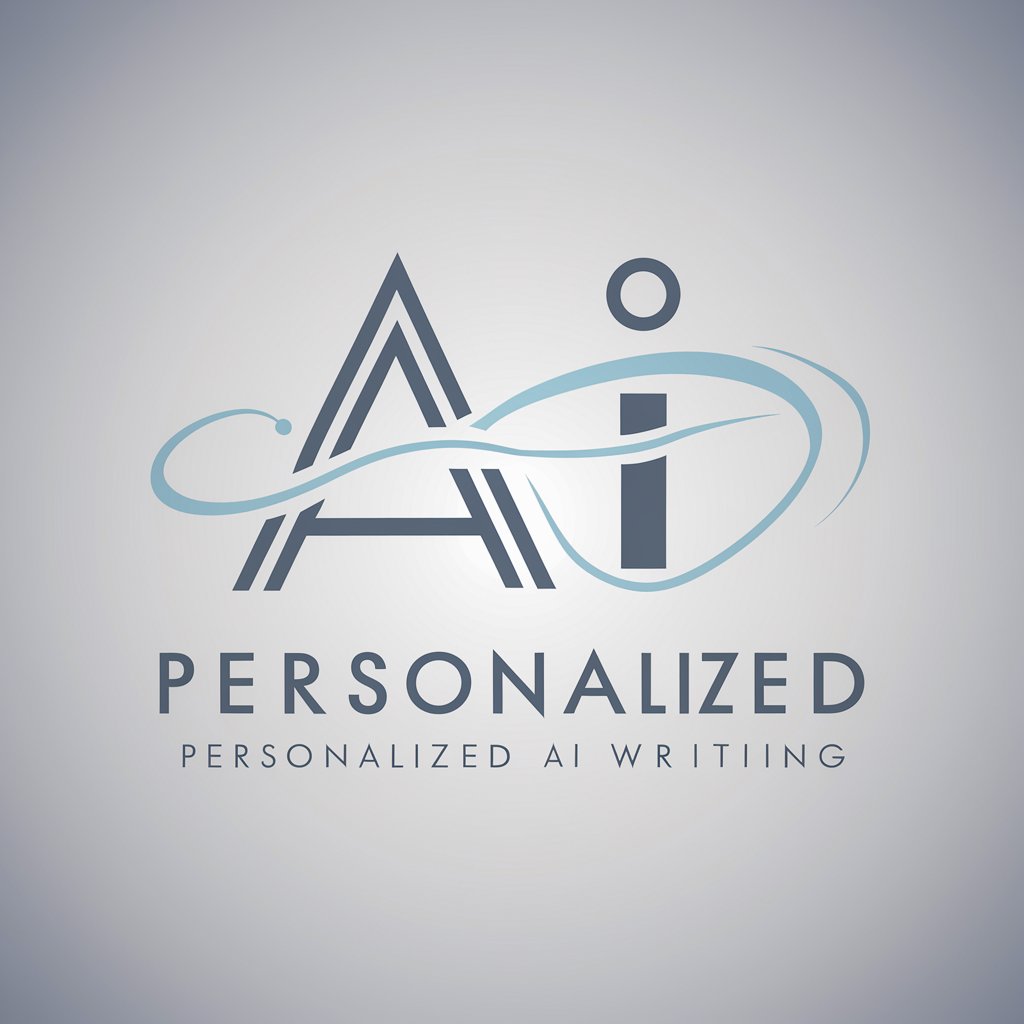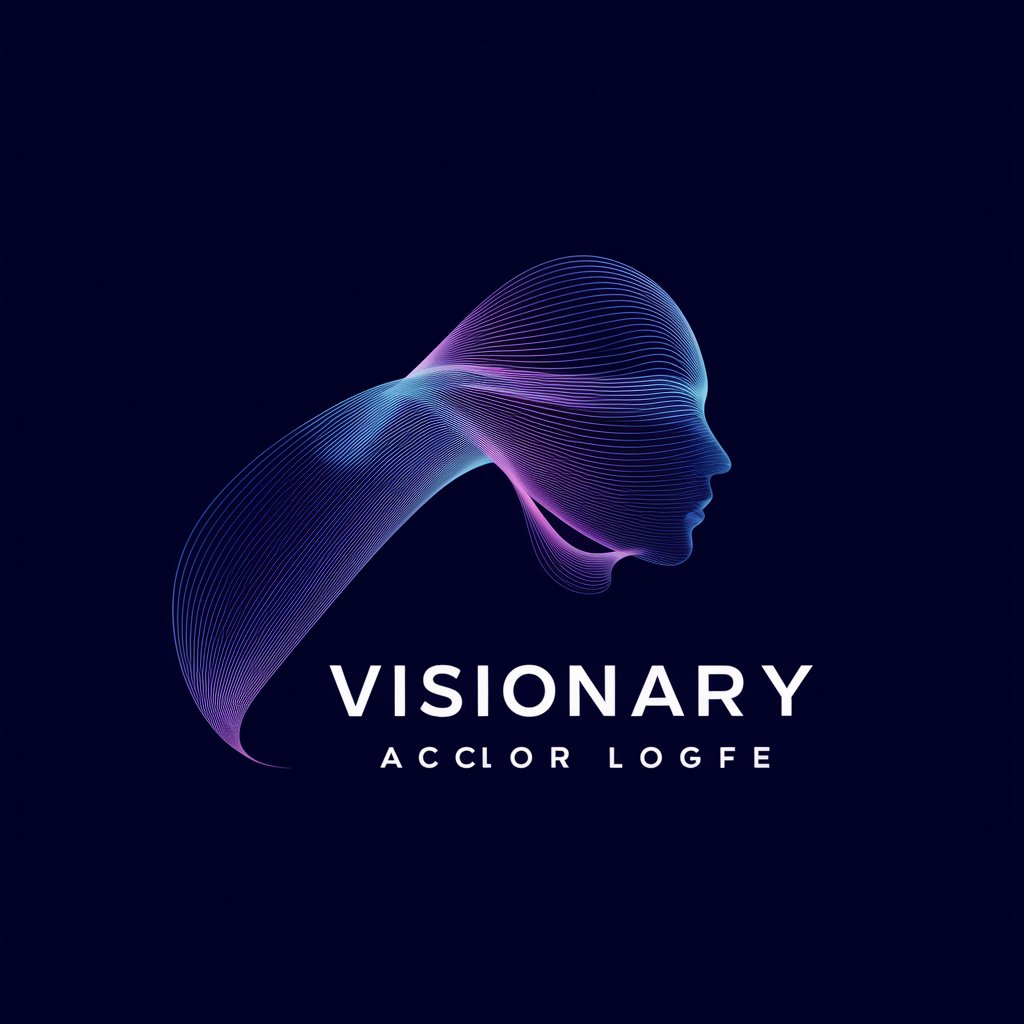
Lumos-responsive design system for Webflow
AI-powered fluid design framework for Webflow

The Lumos Framework for Webflow
Explain the class naming strategy
What can the Chrome Extension do?
Where to add custom css & javascript?
Why are there periods in Lumos variables?
Get Embed Code
Introduction to Lumos
Lumos is a highly specialized framework designed for modern web development, specifically tailored to streamline the building of responsive, dynamic websites with ease. The core philosophy of Lumos is to provideLumos Functions and Users a seamless, intuitive environment that blends front-end development with advanced features, like fluid grid systems, animation handling, and container queries, all while avoiding traditional breakpoints. This approach allows developers to create websites that adapt fluidly to different screen sizes without the need for constant manual adjustments. Key features include the use of alignment modes, simplified CSS structure, and fluid builder integration. As a result, Lumos empowers developers to focus on design and functionality rather than dealing with repetitive, tedious code adjustments. It’s an advanced toolset for professional web developers who want to create cutting-edge, scalable websites while maintaining flexibility and efficiency. Example: If you're designing a website for an e-commerce store, Lumos enables you to set up a responsive, grid-based layout that adapts to various screen sizes using fluid layouts, all while taking advantage of advanced animations and smooth transitions.
Main Functions of Lumos
Fluid Grid System
Example
Scenario
Imagine designing a website for a portfolio. With Lumos's fluid grid system, the content will automatically adjust itself based on the user's screen size, ensuring that no matter whether they're on a smartphone, tablet, or desktop, the layout will always look cohesive and organized. The grid ensures a consistent user experience without the need for excessive CSS overrides.
Alignment Modes
Example
Offers advanced alignment controls that make it easy to position elements in both horizontal and vertical axes.
Scenario
In a web app dashboard, you may want to align a series of cards or widgets symmetrically. Using Lumos’s alignment modes, these elements can be perfectly positioned regardless of screen size or orientation, without needing to dive into complex flexbox or grid calculations. This functionality speeds up the design process, improving consistency and flexibility.
Container Queries
Example
Allows dynamic styling based on the size of the container rather than the viewport, providing more granular control over layouts.
Scenario
For a responsive product showcase site, Lumos's container queries allow you to adjust the number of product columns depending on the container's width. This means that if the container holding the product listings changes (for example, when the window is resized), the layout of the products will automatically adjust without needing to manually code breakpoints.
Advanced Animations and Interactions
Example
Integrates with GSAP (GreenSock Animation Platform) for smooth, interactive animations that are easily controllable with CSS.
Scenario
If you're building an interactive landing page for a brand, you can use Lumos’s animation features to trigger animations when elements come into view, scroll, or hover. For instance, the logo might animate into place as the user scrolls down, or buttons might shift smoothly when hovered, enhancing user engagement and providing a polished, modern experience.
Fluid Builder Integration
Example
A tool designed for visual layout building without needing to write complex code manually, making it easier for designers to work alongside developers.
Scenario
For a team consisting of both designers and developers, the Fluid Builder tool allows designers to create layouts visually, adjusting columns, rows, and other elements without requiring deep technical knowledge of CSS or JavaScript. Once the layout is designed, developers can fine-tune the underlying code and functionality. This creates a smooth workflow for collaborative teams.
Ideal Users of Lumos
Professional Web Developers
These are individuals who specialize in creating highly responsive, user-friendly websites and web applications. They would benefit from Lumos by speeding up development processes through automated features like fluid grids, advanced alignment modes, and container queries. These developers will also appreciate the integration with GSAP for smooth animations and the ability to control fine-grained responsive behaviors without dealing with excessive media queries.
Designers Working with Web Development Teams
Designers who work closely with developers can leverage Lumos's Fluid Builder to create and adjust layouts visually. This allows them to have more control over the design elements while ensuring that the website remains responsive and functional across devices. Since Lumos integrates design and development seamlessly, designers can communicate their vision more effectively without needing deep coding knowledge.
Agencies and Freelancers
Small agencies and freelancers who work on a variety of client projects will find Lumos especially useful. The toolset provides flexibility, scalability, and speed, which are crucial for delivering high-quality websites quickly. It reduces the amount of manual work needed to fine-tune responsiveness and animations, allowing them to meet tight deadlines and client expectations while maintaining a high standard of design and functionality.
Educational Institutions or Bootcamps
Educators and training programs for aspiring web developers will find Lumos to be an effective teaching tool. Its abstraction of complex CSS concepts (like media queries and breakpoint-based layouts) allows students to focus on more important topics, such as web design principles and JavaScript programming. The visual builder tools also make it easier for students to grasp the fundamentals of web design without needing to write every single line of code manually.
How to Use Lumos
Step 1: Access Without Login
Visit aichatonline.org for a free trial without login, also no need for ChatGPT Plus. This allows you to interact with Lumos directly and explore its functionality instantly.
Step 2: Clone the Lumos Framework
Go to the Lumos Webflow Styleguide Cloneable (https://try.webflow.com/tricks?path=lumos-v2-beta) (affiliate link) to clone the project into your Webflow workspace.
Step 3: Add the Required Components
Ensure your project includes the base styles, fluid builder component, and page wrap setup. These are critical for Lumos to function properly and maintain responsiveness without relying on breakpoints.
Step 4: Use Fluid Sizing & Utilities
Apply fluid font sizes using the Fluid Builder App (https://fluidbuilder.timothyricks.com/) (affiliate link). Utilize utility classes prefixed with `u-` for fast styling and responsiveness.
Step 5:Lumos Usage and Features Optimize with Variables and Accessibility
Leverage variables for theme, typography, spacing, and alignment. Avoid fixed breakpoints—use flex-wrap and auto-fit grids for layout adaptability, which improves accessibility and reduces maintenance.
Try other advanced and practical GPTs
Fiscalescu - Consultant Fiscal Romania
AI-powered tax guidance for Romanian entrepreneurs

Custom GPT Builder
AI-powered custom GPT builder for any goal

Magicprompt 🪄
AI-powered prompt builder for endless creativity

HTML CSS
AI-powered HTML/CSS help. Instantly smarter design.

Oracle Cloud Infrastructure
AI-powered solutions for cloud management

Una IA que escribe como tú
AI-powered writing that sounds like you.

要件定義ネイター
AI-driven assistant for defining software requirements

French Teacher
AI-powered tool for mastering French conversation

アンチコメント分析ちゃん
AI-powered anti-hate analysis with heart
自我強度向上ちゃん
AI-powered goal coach with a smile

台本クオリティチェッカー
AI-powered script evaluation for YouTube creators.

Jobs to be done Pro 🎯 | JTBD Analysis & Insights
AI-powered tool for uncovering what customers truly need

- Accessibility
- Web Design
- Fluid Layouts
- Theme Switching
- Client Handoff
Common Questions About Lumos
What is Lumos?
Lumos is a design framework for Webflow that replaces traditional breakpoint styling with a scalable system of utility classes, variables, and components to create fluid, responsive designs.
How is Lumos different from other Webflow frameworks?
Unlike frameworks relying on media queries, Lumos uses fluid sizing and container-based responsiveness. This makes layouts adapt based on actual content and user settings, enhancing accessibility and maintainability.
What is the purpose of the Fluid Builder App in Lumos?
The Fluid Builder App helps you define min/max sizes for typography and other properties, converting them into fluid values that automatically scale across devices without breakpoints.
Can Lumos handle theme switching, like light/dark modes?
Yes. Lumos supports animated theme transitions using GSAP and ScrollTrigger, triggered via scroll or user interaction, using a predefined theme collection.
Is Lumos suitable for client handoffs?
Absolutely. It separates utilities from components, ensuring clean structure and reusability. Clients can safely edit content inside `page slot` areas without affecting site structure.





